- Jul 3, 2020
The Barbour Way of Life Guide to: Homegrown Veg with Richard Chivers
For many, the idea of toiling over something just to make it look pretty isn’t enough motivation to get into gardening, which is why learning to grow your own veg is a great way of being able to fully enjoy the fruits of your labour. So, we collaborated with organic, no-dig, allotment gardener Richard Chivers to give us his handy hints for growing your own at home. Whether you have a designated back garden, or just a windowsill, here’s how you can get planting.
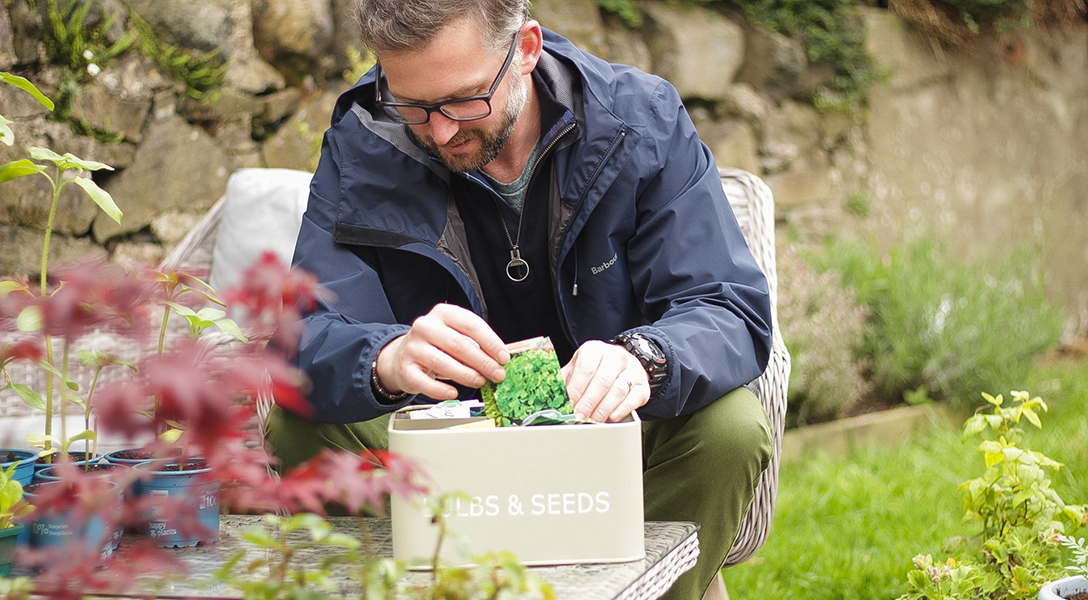
Growing your own vegetables is one of life’s simple pleasures. I’ve been an allotment gardener for a number of years but in the beginning, I grew vegetables in pots and containers in a small back garden. You don’t need a large garden to enjoy growing some food for the kitchen table. One of the best crops to grow yourself is salad leaves and with a little bit of planning, these can be grown anywhere and enjoyed all year round.
Step 1: Pick your pots and growing space
We spend a fortune on bags of mixed salad leaves in the supermarkets, yet whatever size garden you have, or don’t have, growing these leaves at home is very easy. Small raised beds or big containers are great to use, as they allow a longer cropping period and more variety, but really any container that can hold compost can be used to grow your leaves. Get creative and think outside the flower bed.
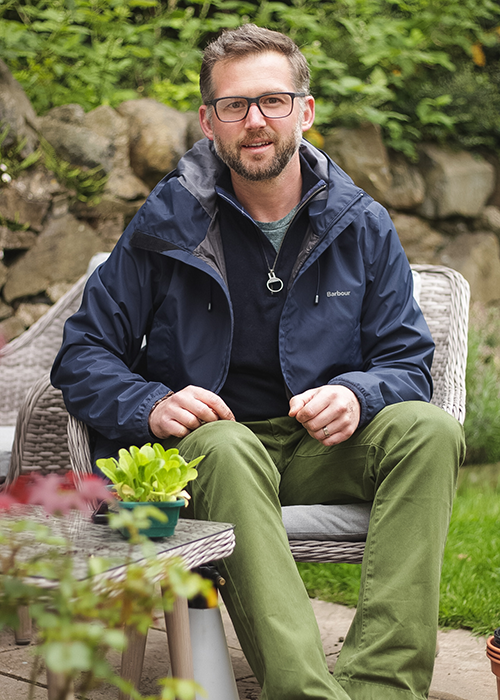
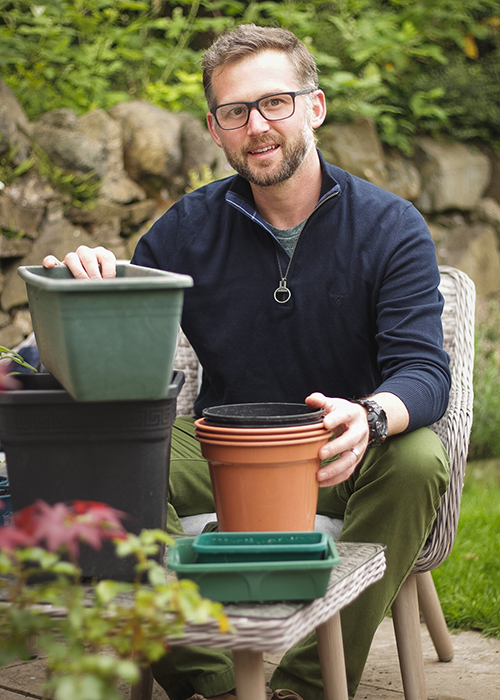
Step 2: Choose the right varieties
The key to successfully growing salad leaves is knowing what varieties grow best at particular times of the year. Spinach, rocket and many lettuce varieties for example, grow better in the cooler periods of spring and autumn. In the summer, some lettuce varieties (like herbs such as basil and leaves of purslane) grow better during the heat. In the autumn and over winter, mustards like mizuna and the thicker leaves of chicory perform well.
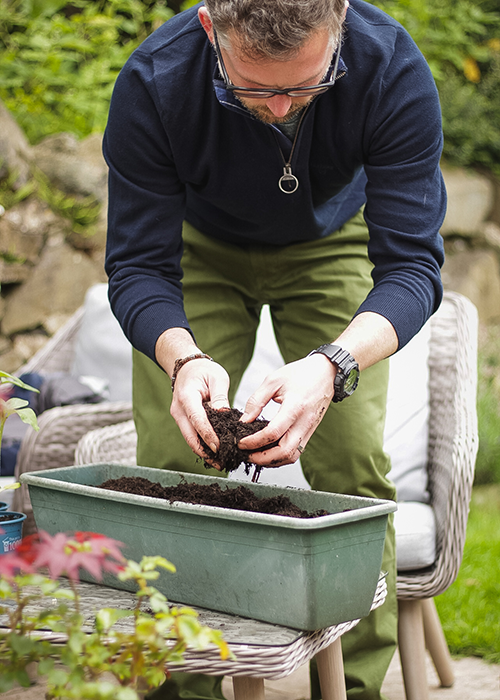
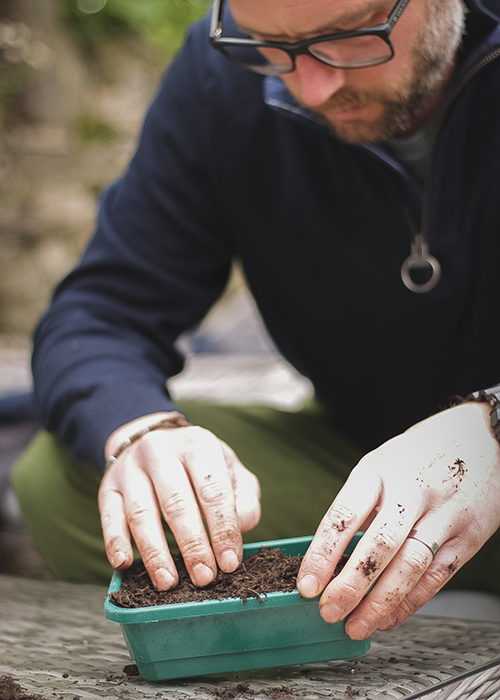
Stage 3: Sow your seeds
I prefer to start all my plants from seed in pots and modules in a small, unheated greenhouse. This provides a controlled environment, reduces the chance of pests eating the little seedlings and allows you to provide the right level of light, warmth and water that the seeds need for germination. A sunny windowsill or conservatory will work too.
The little seeds of lettuce can be sown in a small pot fairly thickly on the surface of some peat-free compost. Recycled trays or empty food cartons are perfect for this too. Just cover with a little more compost and keep moist. You can transplant the seedlings into their final growing space or, if you are growing lettuce in containers, sprinkle some seed in the container where they will grow and then continually harvest the leaves for weeks.
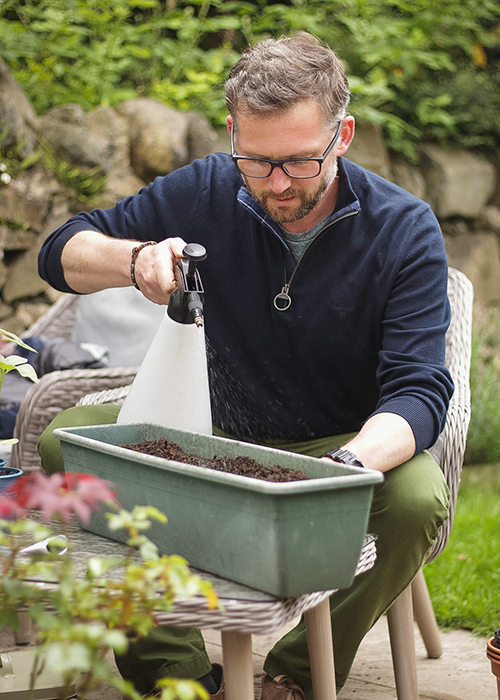
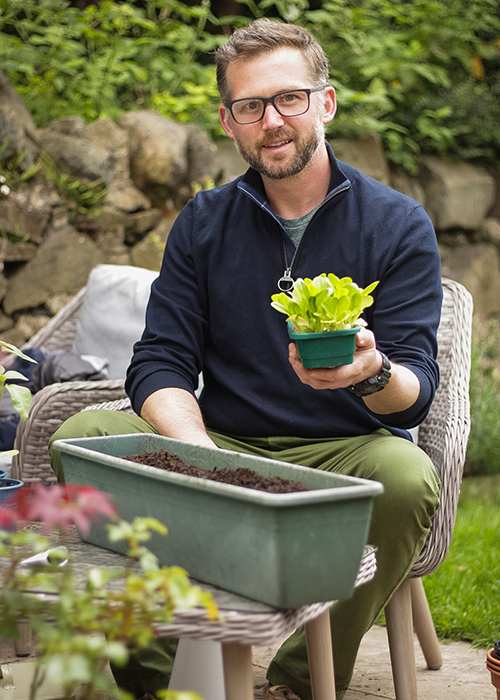
Stage 4: Care and maintain
Growing your own salad leaves isn’t complicated. Mostly they will happily look after themselves. However, it’s important to keep them well-watered in the warm dry summer months and the crops in pots will dry out much faster than plants in the ground. Long periods of hot weather can cause the plants to ‘bolt’ – meaning the plants get stressed and rush to produce flowers – so it’s important to give the plants enough water to reduce the risk.
One of the main pests of your salad leaves will be slugs. Try to keep the area around where you are growing your salad leaves clear of the slug’s hiding places; such as overgrown grass verges, weeds and under pots or bits of timber. Beer traps work particularly well too – simply pour a small amount of beer into a dish or glass jar and leave it on the ground near to where the salad leaves are growing. The next morning, check the beer traps for slugs. You’ll be surprised how many have been caught.
Stage 5: Harvest and enjoy
You will see for yourself how easy growing your own salad leaves can be. It will save you a fortune in mixed bags from the supermarket aisles and you will enjoy a fresh, better quality leaf which is vibrant and full of life.
Stay tuned to the Barbour blog, for more in our Barbour Way of Life series, where we’ll be posting more heart-warming, exciting and educational guides.






